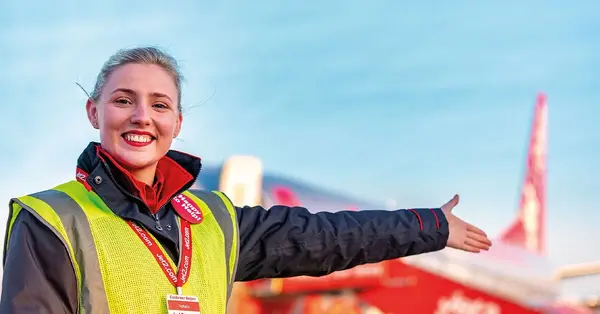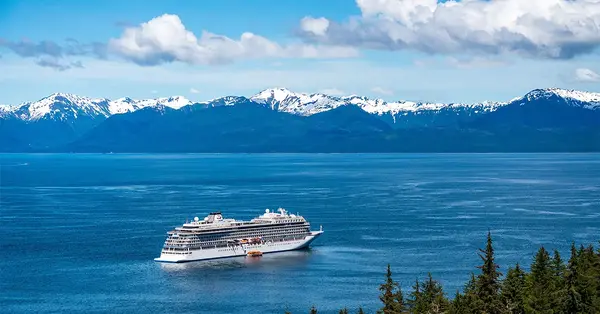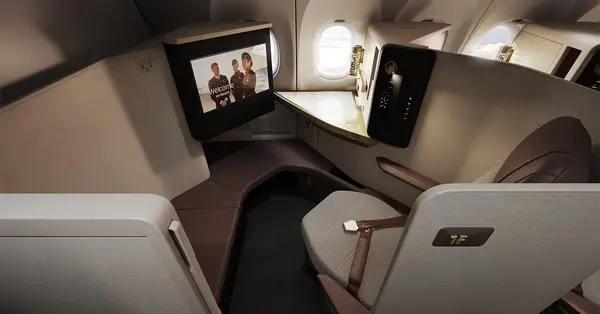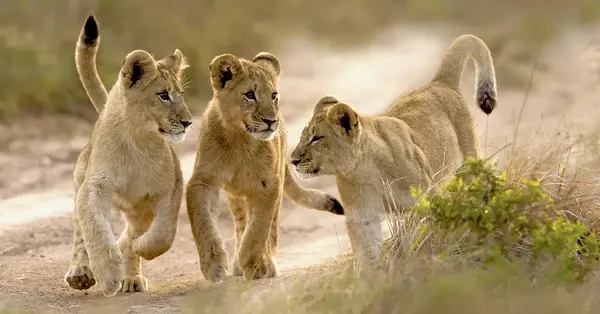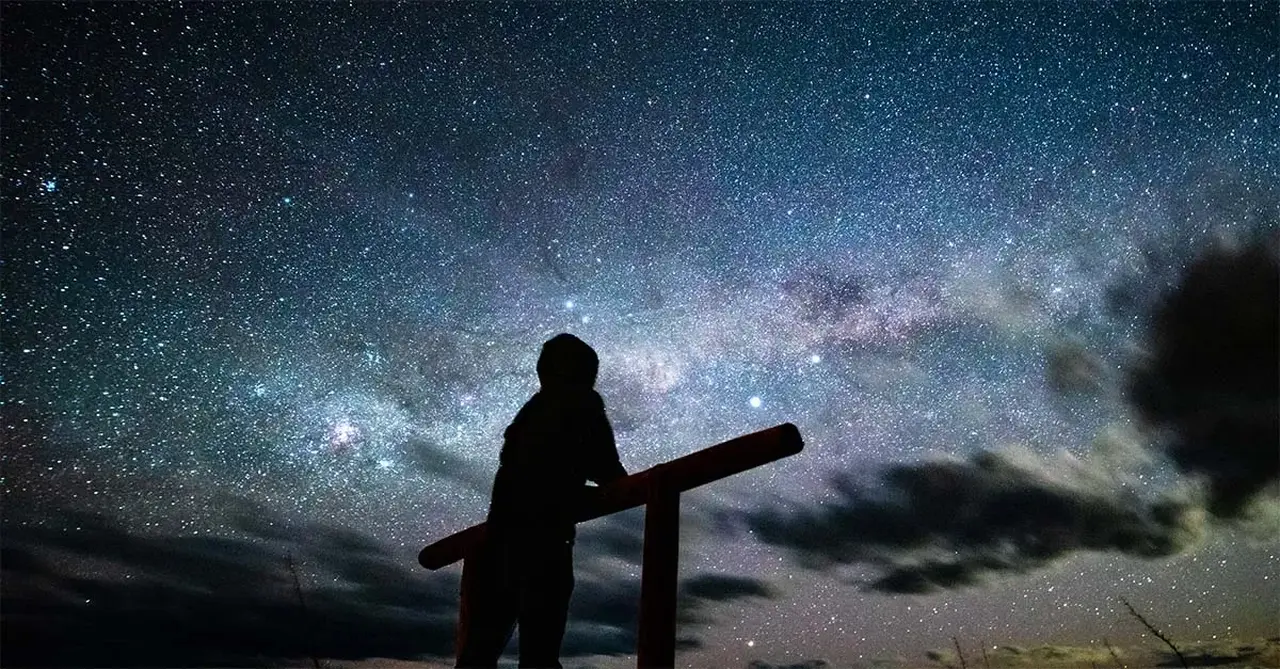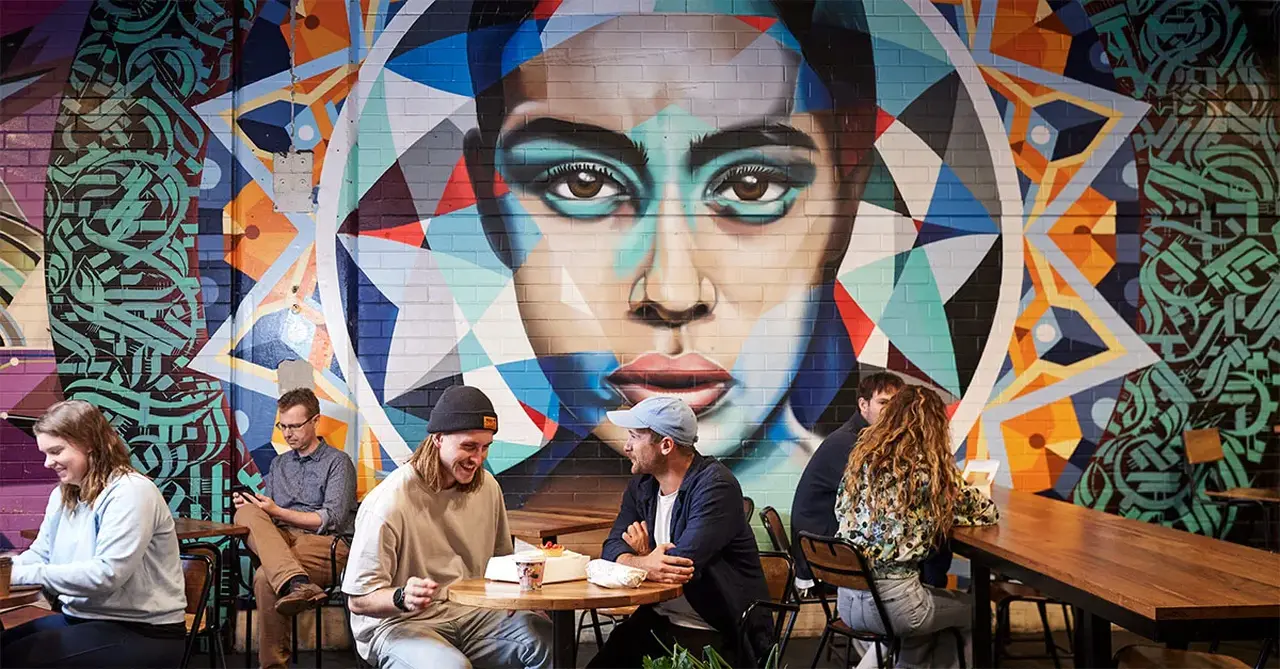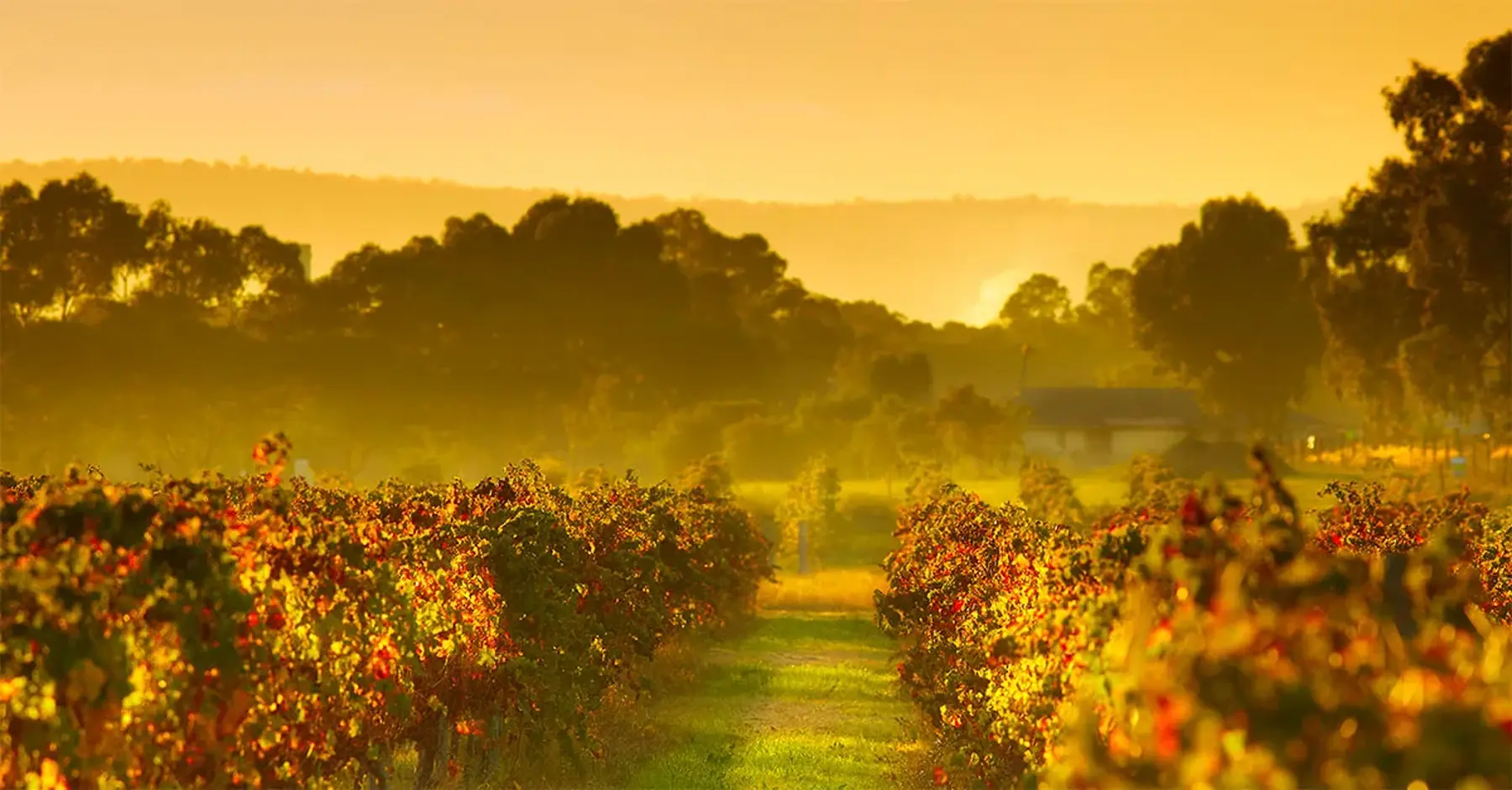Adventure in Australia’s outback on board The Ghan
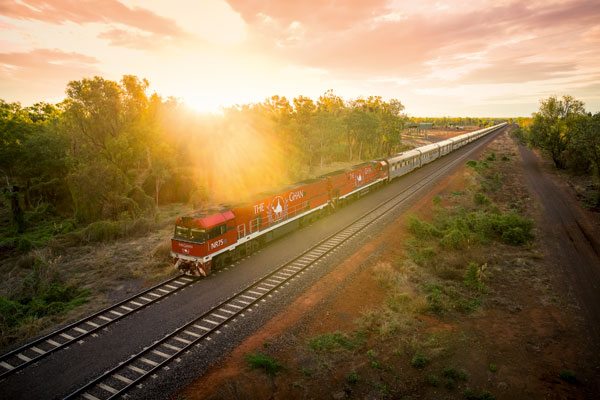
The Ghan is more than just a train – it’s an adventure in the Australian outback, finds On the Helen Ochyra.
Click here to download and save as a PDF.
We are sitting in the heart of the outback, the sky darkening overhead. The occasional call of a dingo or a rustle in the trees that might just be a kangaroo distract me from our conversation – until my husband pours me another glass of South Australian shiraz and pulls my attention back to the table once again.
We are travelling through the outback by train, hitting only the highlights on our three-night ride south across the centre of Australia from Darwin to Adelaide, and this – our second night on board – is spent at Alice Springs Telegraph Station, feasting on local beef as part of the included outback barbecue.
All excursions, as well as all food and drink, are included in the fare. And this journey features more excursions, and more time off train, than the standard itinerary. It is The Ghan Expedition, and it has given me the opportunity to see the best of the outback in comfort and style.
Alice in wonderland
Today has been spent in Alice Springs, a town that grew up around the building of the telegraph line across the country. This was established in the 1870s and revolutionised Australia’s relationship with the rest of the British Empire – a message that previously took three or four months to reach London by ship now took less than a day.
It is an atmospheric place to watch the sunset, with the sky turning from fiery orange to inky black. Local band Heartbeat entertains us with country songs, and we are given a tour of the night sky, the constellations and planets picked out with a laser pointer above our heads.
Alice Springs is a fascinating place to visit and earlier we had been entranced by the bush that surrounds it, heading out into the towering West MacDonnell Ranges for a series of short walks.
Our first ran between the stark white trunks of ghost gums, where we stopped in our tracks to let lizards cross the dusty red path and learnt about Aboriginal bush skills – which tree to use as natural sunscreen and which bush is home to the tasty and nutritious witchetty grub.

Our second took us up Cassia Hill for a view across the ranges, while the final stroll elicited the most excitement, as we headed out along a dry riverbed to the permanent waterhole at Simpsons Gap in search of black-footed rock-wallabies.
Here we paused a while, finding a shady spot to recline on the warm rocks and look up into the cliffs. Suddenly, a movement hushed our group and we stood in a huddle, taking photos and trying to be still as a trio of wallabies froze on the rocks and stared at us. Finally, they decided we were best avoided, and we watched them hop, with speed and grace, across the rocks and out of sight.
At each of the Ghan’s calling points there are various options for excursions. Another group toured the School of the Air, which for decades has taught children in remote communities by radio or online, and the Royal Flying Doctor Service, which brings emergency medical care to cattle stations and isolated communities. We all rejoined the train that night with a greater understanding of what life in the middle of the outback can be like.

Natural highs
We had departed Darwin on a Wednesday, pulling out from the station on our 902-metre steed, a chain of 38 carriages undertaking a 1,850-mile journey.
Our first stop had been Katherine, for a cruise through the astounding Nitmiluk Gorge. This has been carved by the Katherine River through the sandstone Arnhem Land plateau over millennia and its sheer ochre cliffs stretch up on either side of our simple tin boat as we hear the stories of the indigenous Jawoyn people, passed down through the generations.
Australia’s indigenous population are the keepers of the world’s oldest surviving culture and it is mind-blowing to imagine how long their stories have been shared, without being written down or lost.
Coober Pedy
On our final full day, we pull into Manguri, once home to 26 people who lived here in the 1970s while building the track for today’s Ghan. There is nothing much left here now, just a few foundations and a whole heap of red dust, and we are stopping here for one reason only: this is the jumping off point for Coober Pedy.
I had always wanted to visit this crazy town, a place so hot (temperatures can reach the 50s) that people live underground, tunnelling into the landscape to create cave-like homes. The reason that they live here is simple – they are hoping to make their fortune in opal mining.
Australia supplies around 95% of the world’s opals and Coober Pedy is the place where the largest volume is pulled from the ground. When building those cave homes, people often find opals during digging, and on our drive into town we pass endless mounds of chalky white and russet earth, carved from the ground in search of precious gems. Our guide at the Umoona Opal Mine & Museum, Dimitri, has spent 55 years mining here but tells us he has “not been lucky”, before explaining how the opals are formed and showing us an example of a cave home, created here at the museum to give us an idea of what it is like to live in Coober Pedy.
It is fascinating but the heat was hard to bear. After a brief shopping spree in the museum’s shop, where opals are cheaper than I have ever seen elsewhere, I am delighted to return to the train.
Back on track
Our final night is spent on board and we take the opportunity to kick back and play a few games of Scrabble in the lounge car as we work through the all?Aussie wine list and chat to fellow passengers.
Over dinner, we spot kangaroos and a lone emu, bounding away from the train. After a nightcap and one more game, we are rocked to sleep by the soporific clack of the rails and the gentle motion of the carriages.
Before arriving into Adelaide in the late morning, we take it easy, feasting on a brunch of frittata made with Barossa Valley ham and reflecting on our journey.
We have seen so much and yet we haven’t had to step onto a plane or get behind the wheel of a car.
I cannot imagine a more civilised – or simpler – way to get to the heart of the outback.
How to sell The Ghan
The Ghan is divided into two classes: Gold and Platinum.
Gold Service
Most Gold cabins are set up as twins, with a sofa by day and bunk beds by night, converted each morning and evening by the crew. These also have a very small en suite wet room bathroom. There are also Gold single cabins which offer compact private single berths, converting from a seat by day to a bed by night, and with shared bathroom facilities.
Platinum Service
For more comfort, it’s worth booking a Platinum cabin. These are about twice the size of the Gold twins and have either a double or twin bed – with no clambering up a ladder involved. Platinum cabins have a much larger bathroom with separate shower cubicle, and access to the Platinum Club, a premium lounge and dining car
Eating on board
Around half the meals are served on board, in the Queen Adelaide Restaurant or Platinum Club.
Breakfasts include a juice of the day, cereals and cooked options, while dinners make the most of local produce, with dishes such as Spencer Gulf prawn, pork dumpling and Kangaroo Island lamb.
All drinks are complimentary, including a decent list of Australian wines, most of them from South Australia.
During the Expedition, all lunches are served off the train as part of the excursions. These are often buffet or sharing style and feature fresh salads, cold meats and – at the Outback BBQ in Alice Springs – a fillet of beef cooked al fresco.

Top tip
Learn about Journey Beyond’s iconic rail services, Whitsundays tours and Rottnest Express with the online training course at journeybeyondspecialist.com
Book it
The Ghan Expedition runs once a week from Darwin to Adelaide between March and October. Fares start at AU$2,779 (£1,553) for a Gold single cabin, AU$2,949 per person in a Gold twin and AU$5,799 per person in Platinum. journeybeyondrail.com.au
Read more
x.travelweekly.co.uk/articles/334728/qa-rocky-mountaineer-executive-chef" target="_blank">Q&A: Rocky Mountaineer executive chef
x.travelweekly.co.uk/articles/328387/the-best-small-cities-in-australasia" target="_blank">The best small cities in Australasia
x.travelweekly.co.uk/articles/62427/switzerland-scenic-rail-journeys" target="_blank">Scenic rail journeys in Switzerland
You have viewed both of your 2 free articles this month as an unregistered user
To continue reading, please register with Travel Weekly free of charge, or if you have already registered click here to login



